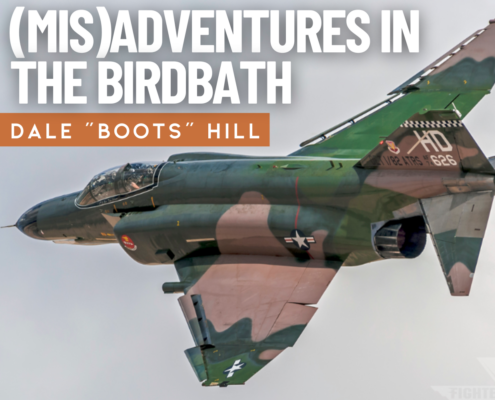
(Mis)Adventures in the Birdbath
I was thereEditor’s Note: Colonel Dale “Boots” Hill is not only a decorated Air Force veteran and longtime Air Facts contributor, he’s also the featured guest on a recent episode of the Air Facts Podcast. In the episode, Boots reflects on flying…
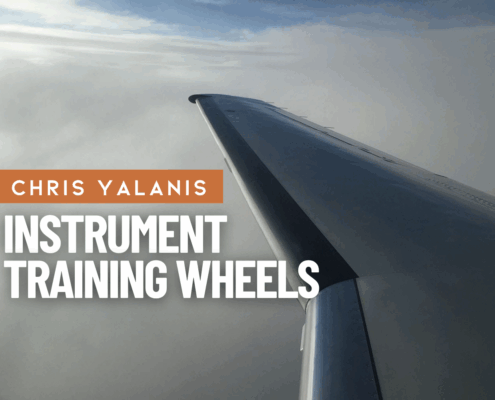
Instrument Training Wheels
I was thereOne nearby aircraft reported tops around 7,000’. That changed the equation. I had built this aircraft with a turbocharged Rotax 915is—so I had power in reserve. I reasoned that a short climb might get me on top. I’d seen this level of ice before; performance was minimally affected.
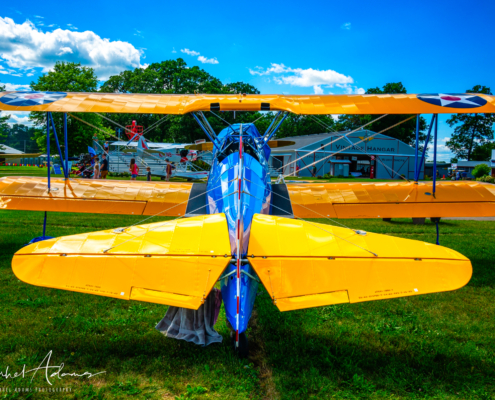
Friday Photo: Stearman
Friday PhotoIts hard to have a better time than exploring AirVenture with a camera on a beautiful summer day. The aircraft make the most beautiful subjects and the EAA grounds combined with the Wisconsin skies make for beautiful backgrounds.

Revenge at 4,000 Feet
I was thereBut this rainy afternoon, neither of us was contemplating our future with Skyway. We were scheduled to fly the afternoon shift in a Beech 18 over the eastern half of our route system, and it promised to be a long and difficult day. We would fly 11 legs—nearly eight hours of flying without the aid of an autopilot. What would really make it stressful was the weather.
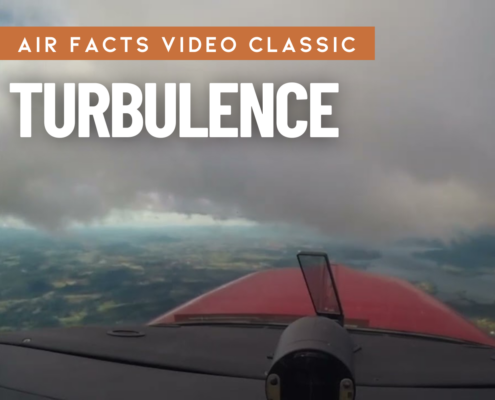
Air Facts Video Classic: Turbulence
Video TipIn this video classic, Richard breaks down the topic of turbulence—how to anticipate it, how to react when you encounter it, and how to fly smart in rough air. He discusses the role of airspeed, the significance of the v-g diagram, and offers practical tips to help pilots stay safe and comfortable when conditions get bumpy.
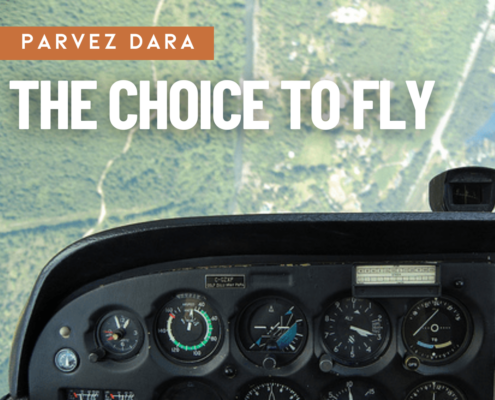
The Choice to Fly
OpinionNow we were nose-down, spinning, and rapidly losing altitude. The earth swirled in the windshield, the tall pines below getting closer. I don’t remember how many turns we made, but somewhere between the second one and the top of those trees, he cut the power and stopped the rotation. We were still descending fast. Sweat poured down my face, driven by the sudden surge of fear, my novice brain gripped by self-preservation.
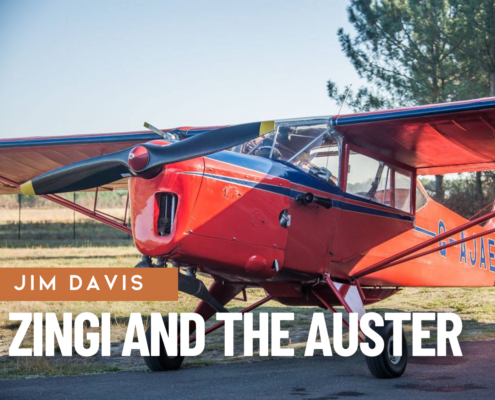
Zingi and the Auster
I was thereNo sooner had I revived my tea-making activities when I heard the Auster start. After some introductory coughing and spluttering, it settled down to a healthy roar. For God’s sake throttle back, I muttered into the teapot. They didn’t. The noise got louder and closer. There was a horrendous clatter and crash, a tinkling of broken glass—and then silence.

The First Flight After Maintenance, and Texting While Wrenching
OpinionFlying has dangers, always has, but they were just different dangers in the past. But some of the dangers of flying persist. Like the danger of flying an aircraft the first time after maintenance has been done to it. A bad mechanic can kill you dead with an error—and they’ll go have lunch (with an ATC guy) while you take a dirt nap.

Friday Photo: Thunderbirds
Friday PhotoThis was at the recent Power in the Pines 2025 Airshow where JB McGuire-Dix-Lakehurst opens its doors to the public for free (yes, tax dollars at work) and hosts a spectacular airshow. This year the headlining act were none other than the USAF Thunderbirds!

Mea Culpa: Confessions of a Joyful Pilot
OpinionOver the last several months, I have committed several aviation sins. I once went on a flight without checking the weather. I recently departed without calculating my takeoff distance or obstacle clearance. On more than one occasion, I landed from a non–“stable approach,” being both below and above target approach speeds. I’ve flown non-standard traffic patterns. I’ve flown outside the glide range to the nearest airport. I’ve even flown without talking to ATC or filing a flight plan.

Why I Returned to Stick and Rudder
OpinionWhen I first read Stick and Rudder, I had just started flying lessons. The lessons were going well, and my curiosity about aviation had turned into full-blown infatuation. I wanted to know everything, so I was consuming everything—magazines old and new, Reddit posts, YouTube videos. Somewhere in a best-of list, I found Stick and Rudder: An Explanation of the Art of Flying, by Wolfgang Langewiesche.

The Ace of Sewanee
I was thereKershner was the Ace of Ace Aerobatic School—and he had the bona fides to back it up. Bill had soloed at fifteen and, by nineteen, was teaching aerobatics. Before he turned twenty-five, he was flying an F4U Corsair off the USS Philippine Sea in the early 1950s. Later, he worked as a corporate pilot, a test pilot, and an author. He penned five flight manuals (one of which sold over a million copies).

Flight Lessons from Komati to Stegi
I was thereNow, when a fuel-injected motor starts dying of thirst, it doesn’t just peacefully expire—it has several false stops interspersed with bursts of power. As an engine gives up, the aircraft swings violently toward it. This is counteracted by a bootful of opposite rudder, which generally coincides with its recovery, causing an even more violent swing in the other direction. When both motors quit simultaneously, the bursts of power, swinging, and kicking of rudder present an unusual spectacle to the casual observer on the ground—and a frightening demonstration of chaos to the less casual spectator aboard.
